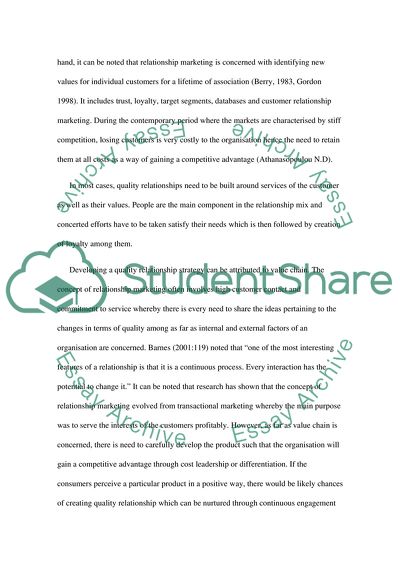Cite this document
(Customer Retention and Consumer Behaviour Term Paper, n.d.)
Customer Retention and Consumer Behaviour Term Paper. Retrieved from https://studentshare.org/marketing/1743109-consumer-behaviour-relationship-marketing
Customer Retention and Consumer Behaviour Term Paper. Retrieved from https://studentshare.org/marketing/1743109-consumer-behaviour-relationship-marketing
(Customer Retention and Consumer Behaviour Term Paper)
Customer Retention and Consumer Behaviour Term Paper. https://studentshare.org/marketing/1743109-consumer-behaviour-relationship-marketing.
Customer Retention and Consumer Behaviour Term Paper. https://studentshare.org/marketing/1743109-consumer-behaviour-relationship-marketing.
“Customer Retention and Consumer Behaviour Term Paper”, n.d. https://studentshare.org/marketing/1743109-consumer-behaviour-relationship-marketing.


